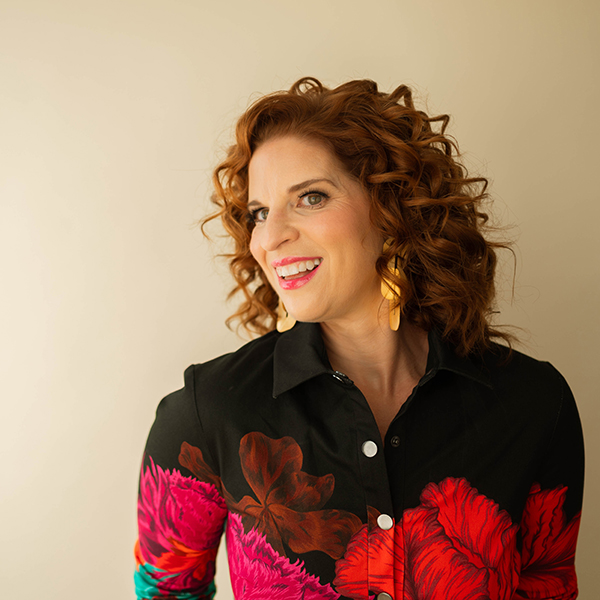All summer I’ve been repeating a new phrase. Outside is expensive.
(Frankly, inside is expensive too – have you seen the price of avocados?)
Everyone’s trying to get their piece of the pie where they can. And we’re all feeling the financial squeeze – affecting the ability to invest in the things we really want to (read: this means other folks may be slower to buy our products and services).
So this week I did a little mid year check-in to review my billable tech stack – and I was able to save $2k in less than 2 hours.
Here’s exactly how I did it.
Cancel what you’re not using
The average consumer has over 12 paid subscriptions. (I counted: I’m at over 30 between personal and business. We’re not going to even discuss how many fitness apps I have…)
Many of us have a bit of domain hoarding problem (pot, meet kettle). $15 here, $20 there. It all adds up. I was paying $1000 a year just in domain renewals!
You may not even remember what you’ve purchased in the past – here’s how to find those recurring fees:
- go through your credit card statements from the last 6-12 months and highlight all recurring and tech payments.
- look at your recent PayPal payments (many subscriptions only bill this way).
- what’s active, when it renews and what you’re paying.
on an iPhone, you can find your subscriptions by going to settings > your name > subscriptions. You’ll see
Go to cancel – but ask for a discount to stick around
I reviewed my Amex and saw that my annual design software subscription had doubled in price over the previous year. For all my designers out there, there’s a hack. You can use chat and tell them you’re leaving and ask for a discount to stay.
Delete the dead weight
Some services (like your email marketing plan) are priced based on number of subscribers. So many people are reluctant to delete people off their list – but doing a regular clean out of inactive subscribers is a SMART way to increase your deliverability and make room for the folks who DO want to hear from you.
Downgrade your plan
I kept getting a recurring charge from Google Workspace for $45. Enough to be annoying, but not enough to get me to do anything. When I finally dug in, I realized I was paying for features I wasn’t using. I downgraded the plan and saved $30 a month. I did the same thing with my internet and saved $100 a month – that’s over $1500 a year.
Where to look first: email, web hosting, phone and internet plans.
Move to an annual plan
In some cases, you may save a LOT by switching from a monthly to an annual plan. I know I’m going to need my course hosting (Kajabi) and my email marketing (ConvertKit) on an ongoing basis. By paying annually v. monthly I save roughly $1k a year.
One final quick cautionary note.
I’m very reluctant to trust free (or one-time payment) software with critical aspects of my business. Here’s the problem – if you’re not paying for ongoing support, don’t expect to get anywhere when you run into an issue. When you’re paying a recurring fee, the company is more likely to stay in business, and is more motivated to support customers and keep the product up to to date.
 Michelle Martello is a Kajabi and ConvertKit (Kit) expert, award-winning digital strategist, and founder of Minima Designs. She works with entrepreneurs and creators to launch, grow, and streamline their online businesses — from creating all kinds of digital products and programs to email marketing and automation. Michelle offers 1:1 strategy consults for anyone looking to simplify the tech and build a business that actually works (and lasts).
Michelle Martello is a Kajabi and ConvertKit (Kit) expert, award-winning digital strategist, and founder of Minima Designs. She works with entrepreneurs and creators to launch, grow, and streamline their online businesses — from creating all kinds of digital products and programs to email marketing and automation. Michelle offers 1:1 strategy consults for anyone looking to simplify the tech and build a business that actually works (and lasts).
Leave a Reply